Aquatic sciences
Grades 6 to 10 (Ontario)
Elementary cycle 3 to secondary cycle 2 (Quebec)
Make a splash in the world of aquatic science using our interactive activities to learn about the importance of preserving and protecting our aquatic habitats. This lesson plan was developed to complement programs delivered by the Atlantic Science Enterprise Center (ASEC). Programs were developed by Ingenium in partnership with ASEC and focus on aquatic sciences. The activities are available for use to anyone but are especially useful to introduce aquatic science concepts to students before or after an in-person ASEC program. These activities can be adapted for use with any grade level or age group.
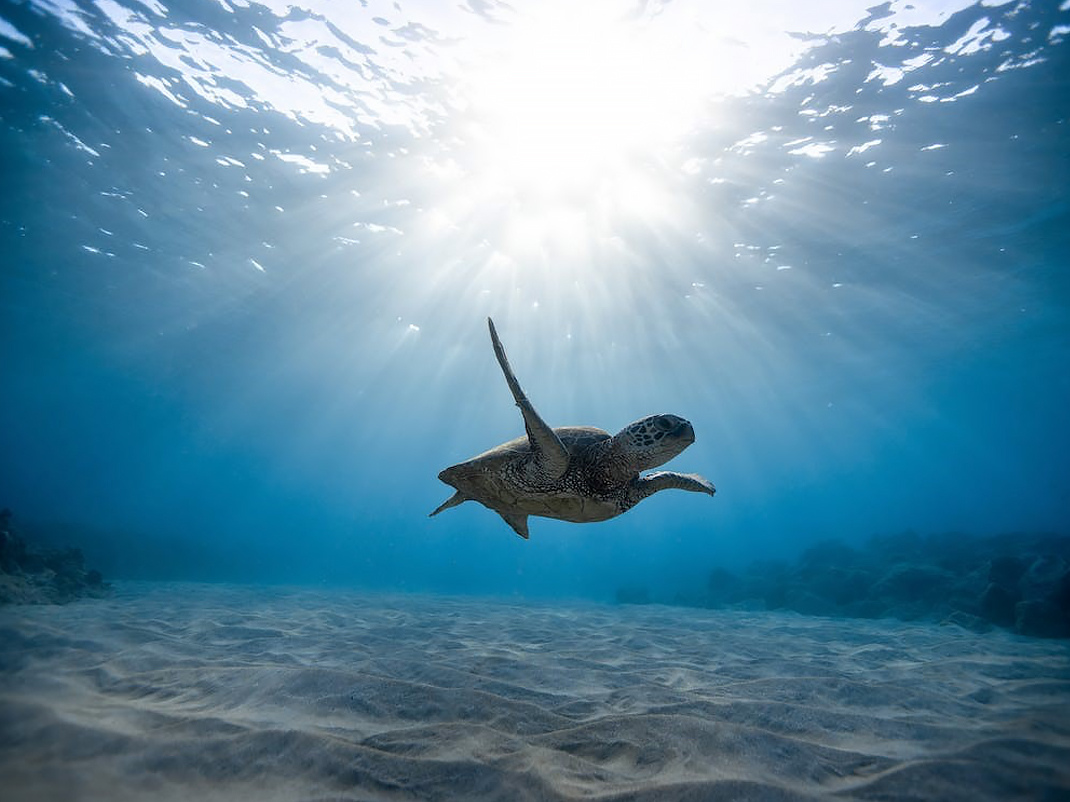
Share :
How to use this lesson plan
- Choose a presentation
- Test knowledge with the corresponding activity
To support teachers and students through this learning experience, this lesson plan includes:
- Presentation slides with background information
- Curriculum connections
- Links to interactive online activities
Activities
Activity 1 – Ocean zones
Discover species that live in each ocean zone and learn how they adapt to extreme conditions.
Curriculum connections: identifying species adaptations and physical characteristics, describing ocean zones, habitats.
- PPT to present the activity to the class (Google Docs)
- Quiz (Google Docs)
- Excel interactive crossword puzzle (Google Drive)
- PDF crossword puzzle (Google Drive)
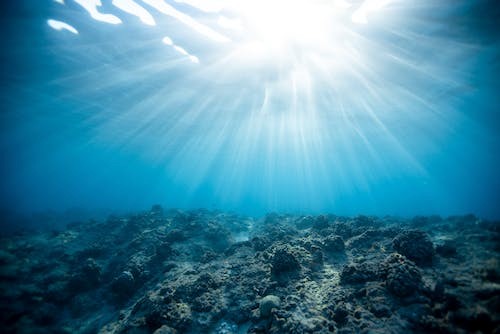
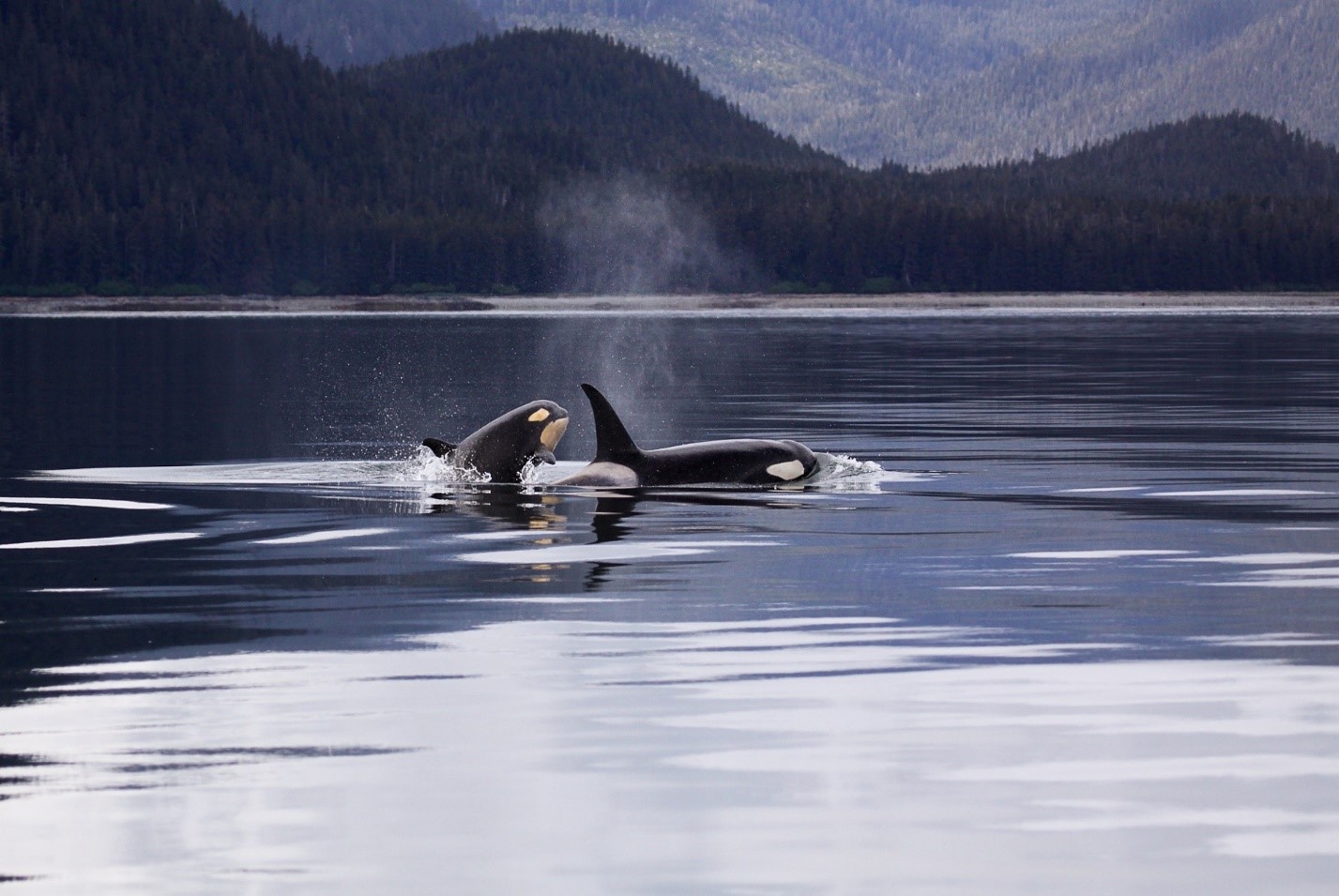
Activity 2 – Who eats who
Test your knowledge of the interactions of the sun, plants and animals.
Curriculum connections: energy transfer, critical thinking, analysis
- PPT to present the activity to the class (Google Docs)
- Quiz (Google Docs)
Activity 3 – Dissection of a cod
Dissect and record findings for your cod specimens to consider how we might improve the sustainability of cod fishing.
Curriculum connections: critical thinking, analysis, forming and testing a hypothesis, organizing data
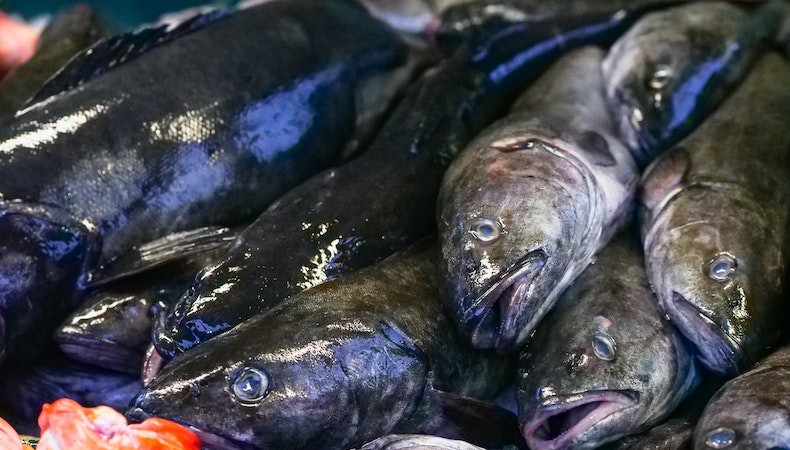
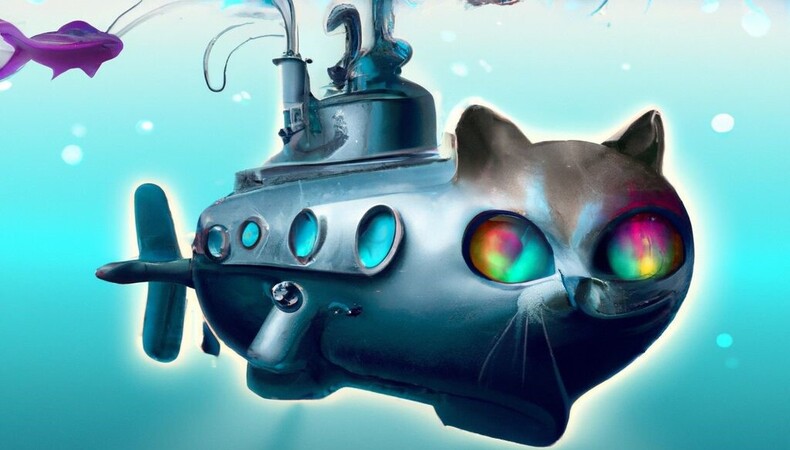
Activity 4 – Ultimate species
Create a new aquatic species with advantageous adaptations.
Curriculum connections: critical thinking, interpretation, species adaptations, invasive species
- PPT to present the activity to the class (Google Docs)
You may also be interested in
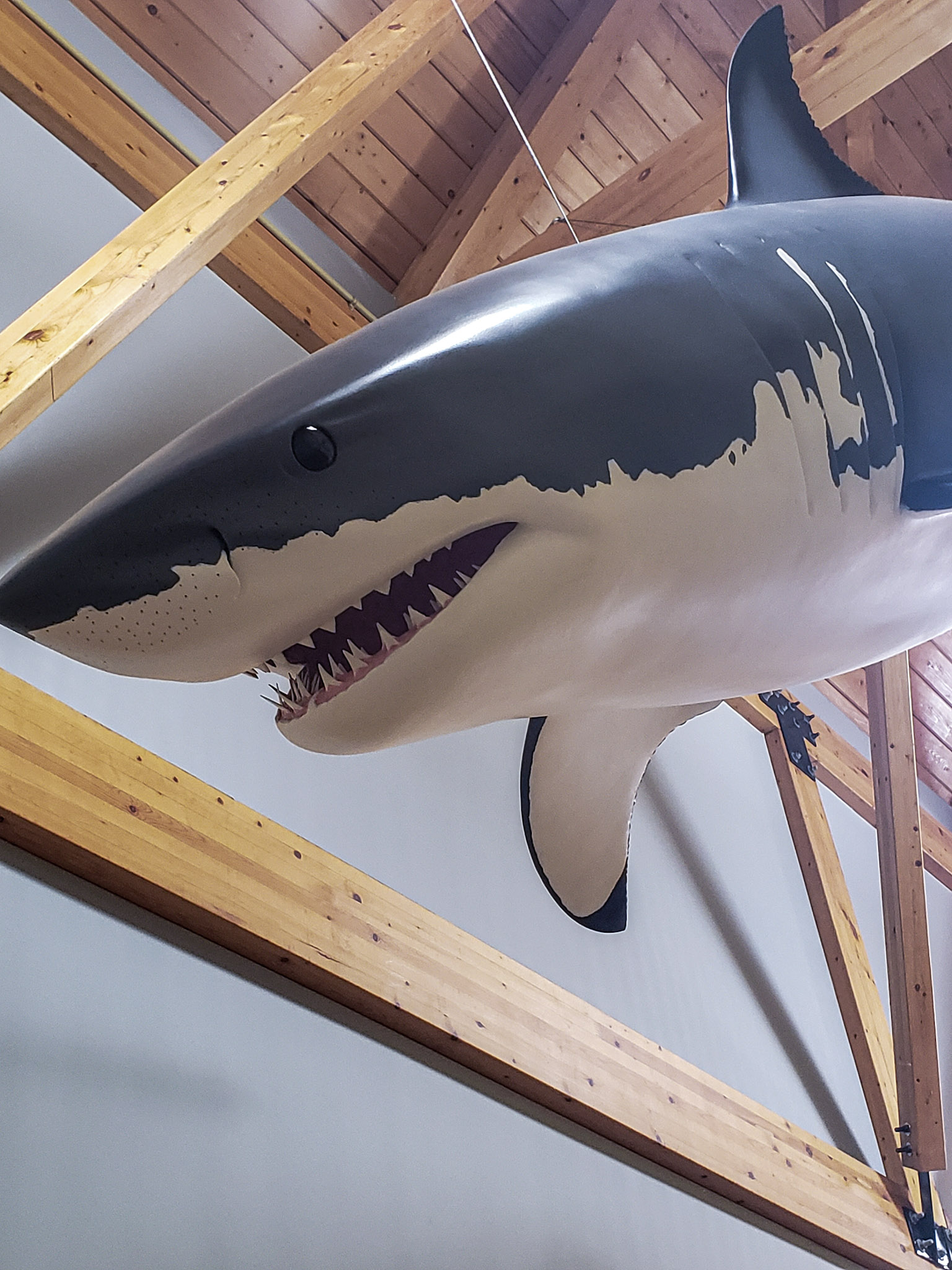
Species at Risk
Learn more about aquatic species in Atlantic Canada at risk of disappearing forever.

Agriculture and the environment
Explore the vital connection between agriculture and the environment with this engaging lesson plan. Students will investigate how farming impacts ecosystems, how scientists and farmers collaborate to reduce negative effects, and how climate change is shaping Canadian agriculture.

Pollutants in your environment
Engage your students in real-world environmental science with this lesson plan on Canada’s National Pollutant Release Inventory (NPRI). They’ll explore how pollutants are tracked, analyze real data, and discuss the benefits and limitations of pollution monitoring.